How does my DNA make me… me?
Every single person in the world is completely unique. You are the only you there is and that makes you special! DNA is the molecule that exists in every single one of the cells in your body to tell them how you make every piece of who you are.
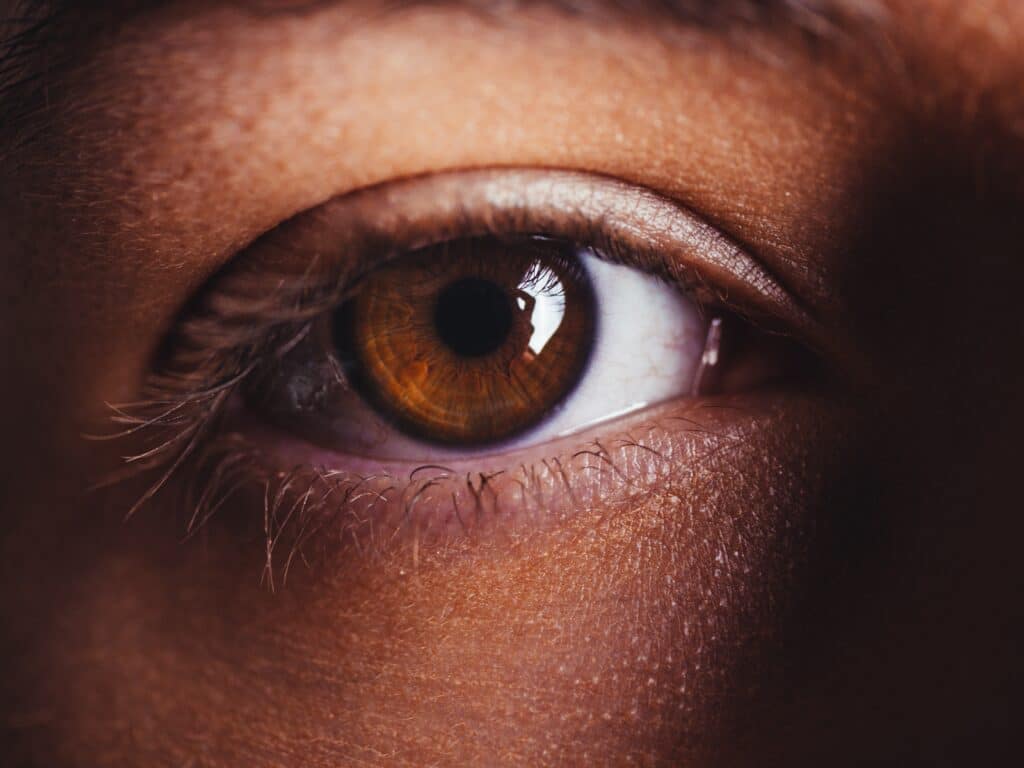
DNA stands for ‘deoxyribonucleic acid‘…whew that’s a mouthful. We’ll stick with ‘DNA.’ The DNA in your cells is like the instructions for every single thing about you – what color your eyes are, how long your fingers will be, and how every system in your body will work together to keep you alive. It’s important stuff!
Genetics is a field of biology that studies how traits are passed from parents to their children. DNA does that too! Each person gets half of their DNA from each biological parent. This is why siblings can look very similar when they share the same biological parents.
DNA is made up of a few different kinds of molecules – a carbon sugar molecule called deoxyribose (like from the name), a phosphate group, and a nucleotide. The first two make up the “backbones” of the DNA molecule and the nucleotides connect the two sides together to make a distinct spiral called a double helix that looks something like this:
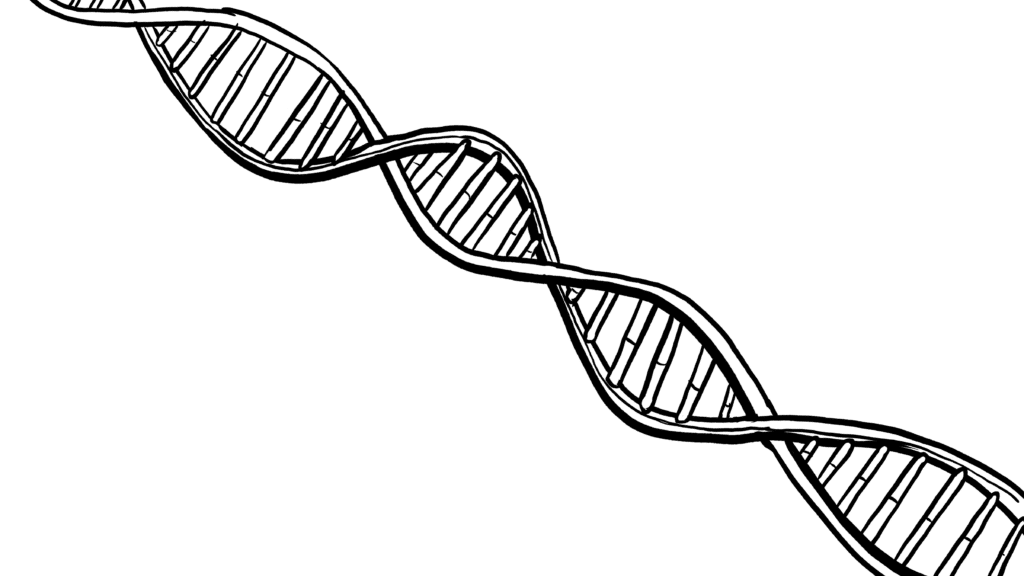
Let’s explore DNA a little more by building a section of it with candy!
Materials
Soft candy that comes in at least 4 colors (gummy bears, gumdrops, marshmallows, etc.)
Twizzlers or similar rope-like candy
Toothpicks
Paper
Pen or Marker
Paper towel
Activity Instructions
Sort your candies by color.
Make sure you have at least 10 of each of the 4 colors you will be using. Decide which colors will represent each of the four chemicals adenine (A), thymine (T), guanine (G), and cytosine (C).
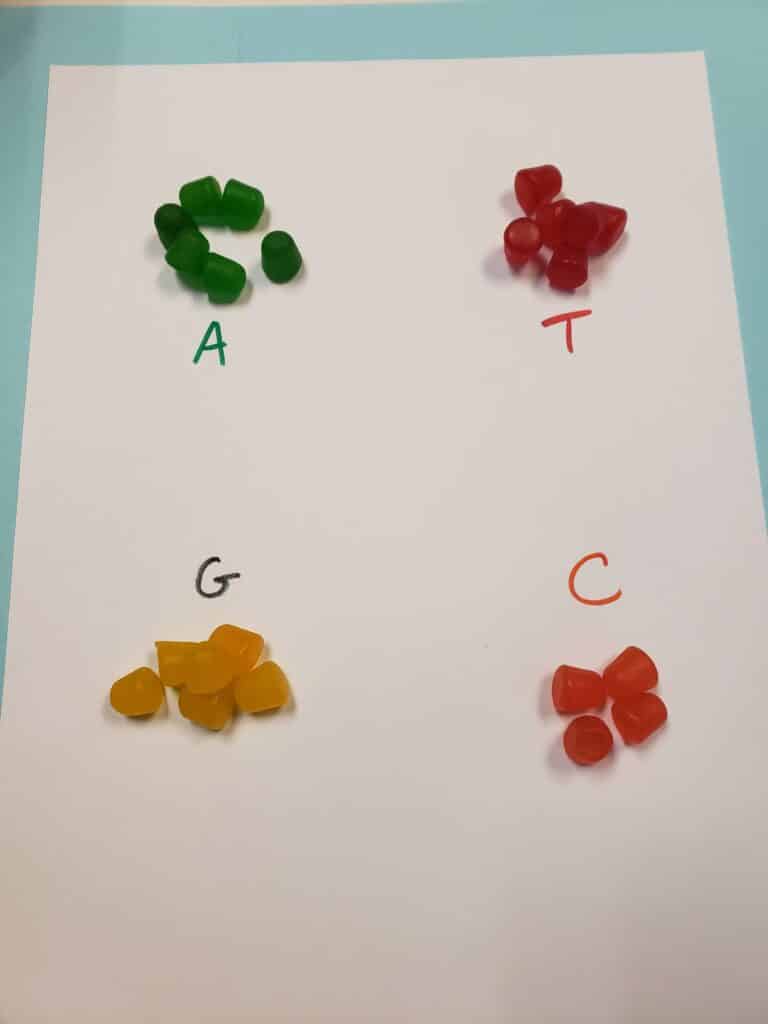
Pair up your candies.
Pair A with T, G with C. Stick each pair onto a toothpick. Push the candies far enough onto the toothpick so they are pressed together in the middle and you still have a bit of toothpick sticking out each side.
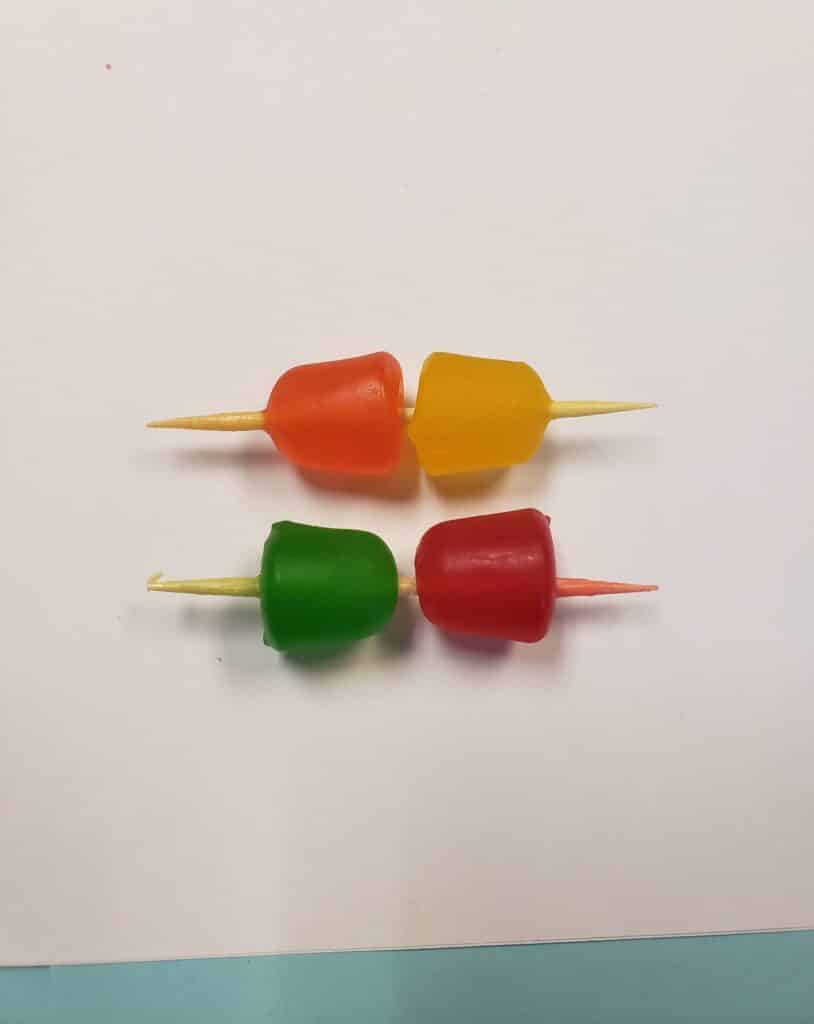
Connect your candy pairs.
Take one toothpick that has a GC or AT pair of candies on it and stick the toothpick into one of the backbone pieces near the top then carefully stick the other end of the toothpick into the other side of the backbone piece. Your candy pair should now be connected to both sides.
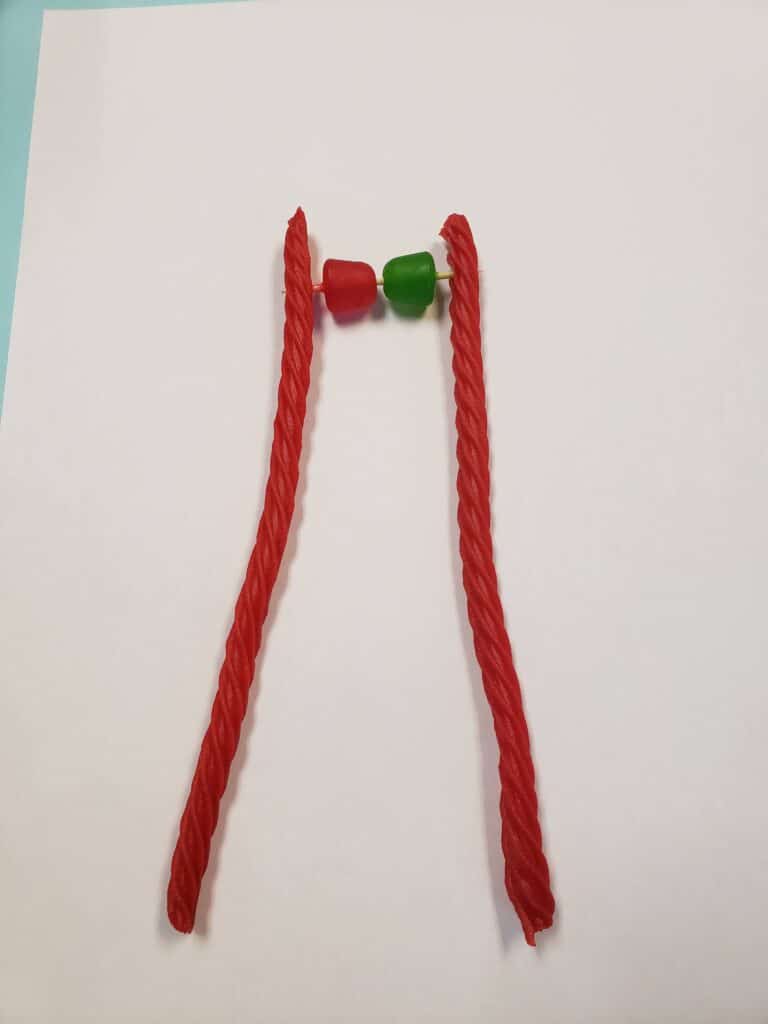
Form a ladder.
Continue to attach your other candy pairs to the ‘backbone’ so they make parallel rungs like a ladder. Leave a little space between each rung. Do this until your backbones are connected by pairs from one end to the other.
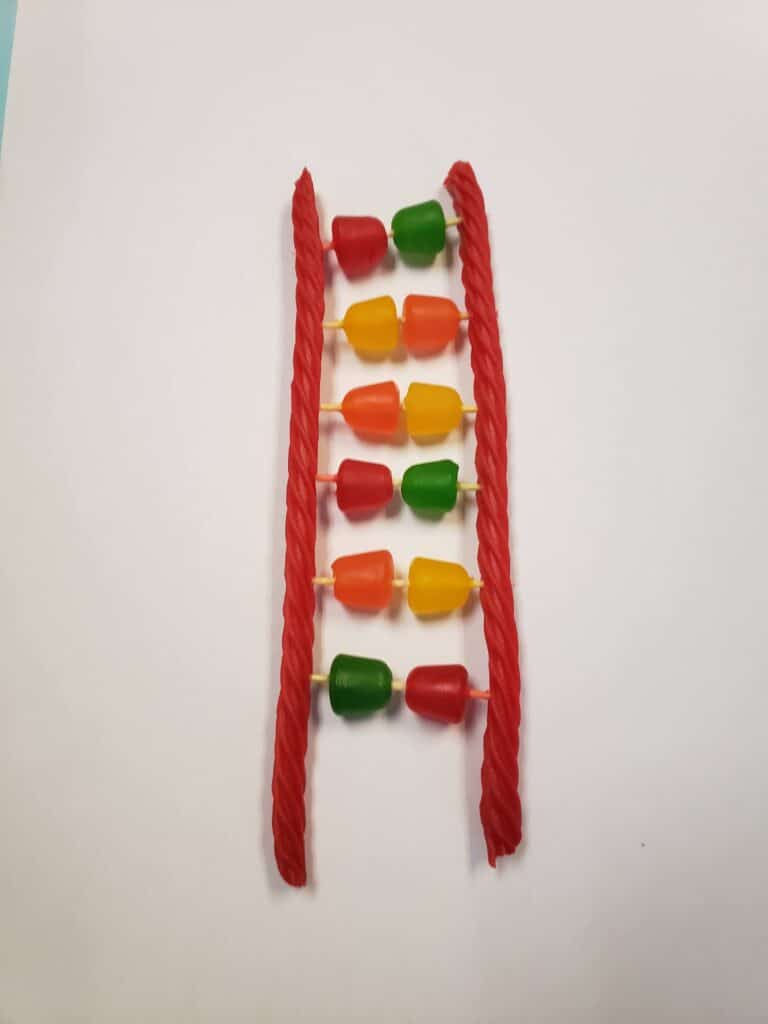
Twist your DNA!
Your model is almost finished! There’s just one detail missing – DNA is twisted. Hold one end of your model flat and carefully flip the other end over to create a twist!
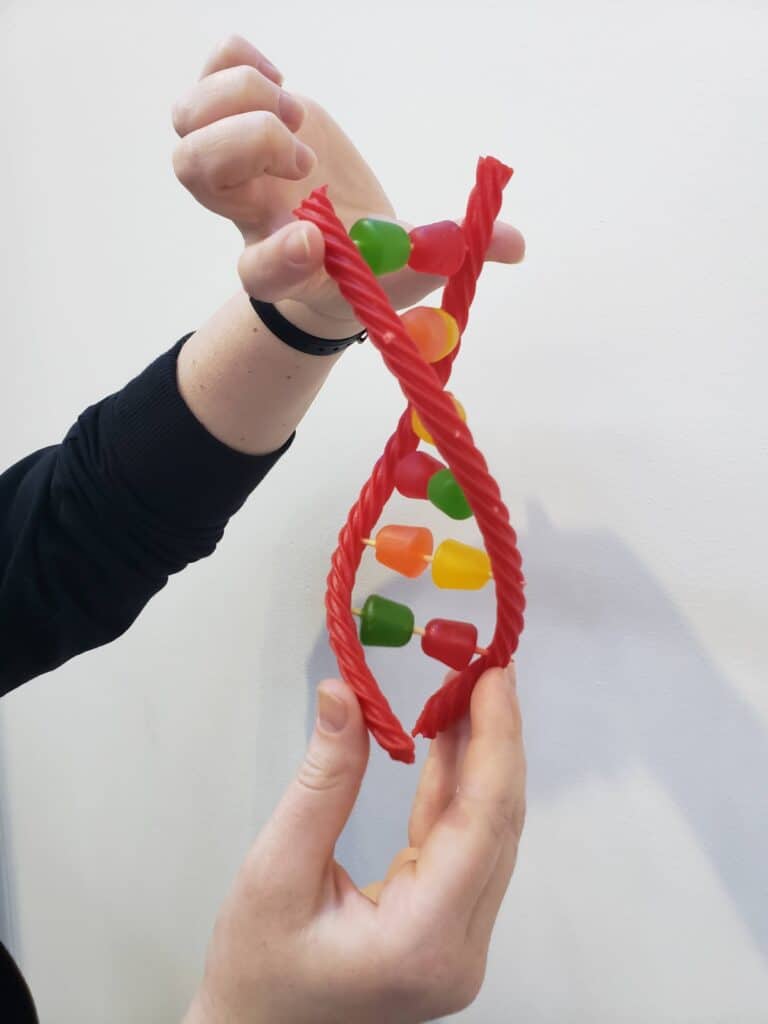
What did you observe?
If you only had one half of your DNA model, could you match the other half? (Hint: look back at step 2)
How long do you think your model would be if you included all THREE BILLION rungs of your DNA ladder?
What kinds of similarities do you notice between yourself and people you’re related to since you have similar DNA?
What kinds of similarities do you notice between yourself and people you’re NOT related to?
What’s the Science
So now we know what DNA looks like. That’s cool… but what’s next?
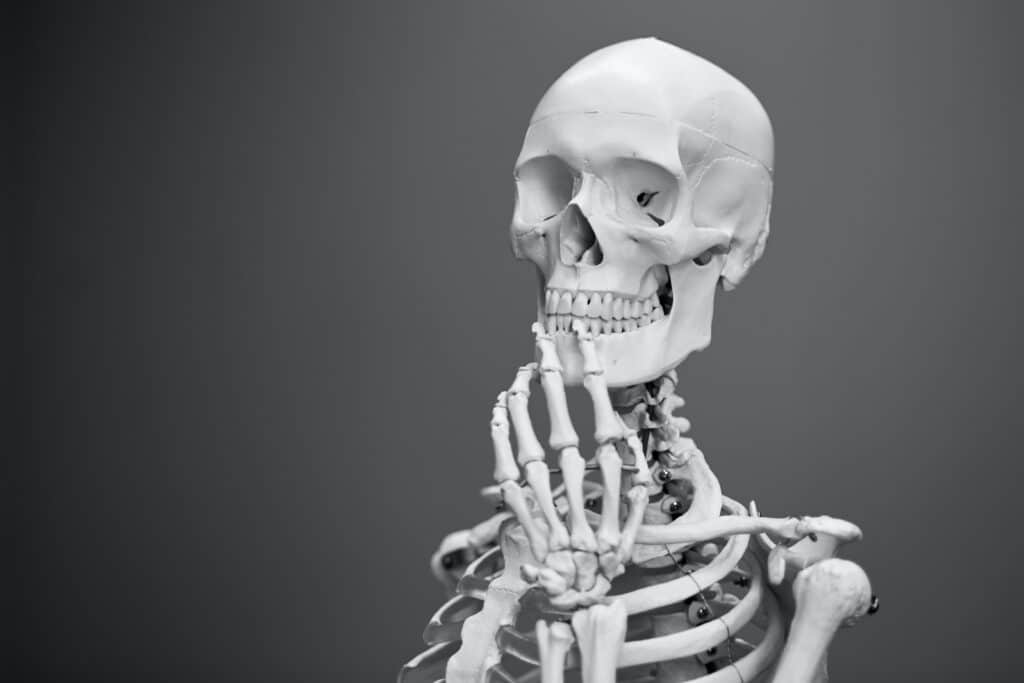
You might be wondering how, if every cell in our body holds the same DNA, how do we get different body parts and organs? Our hair is made of different stuff than our bones so how does that all work? Different body parts only need to look at certain portions of our DNA to make the cells they need. Eye cells only use the DNA section about eyes and the rest of the DNA is “turned off.” Lung cells only use the section about lungs and the rest is “turned off.” You can almost think of it like re-reading your favorite chapter of a book. The rest of the story is still there, but maybe you’re just interested in chapter 3 right now.
Epigenetics
Epigenetics is a newer area of scientific research that is studying how factors outside the body, like environmental factors, can influence the expression of people’s DNA. If we look at the word ‘epigenetics’ we can see that it includes the word ‘genetics.’ The first part, ‘epi-‘ means “on top of” or “in addition to” which means that this area of study is looking at things that can affect DNA outside just the code itself.
As each person grows up and exists in the world, different experiences will create genetic markers on their DNA. Think about the favorite book analogy from before – these chemical, genetic markers area kind of like sticky notes on important pages.
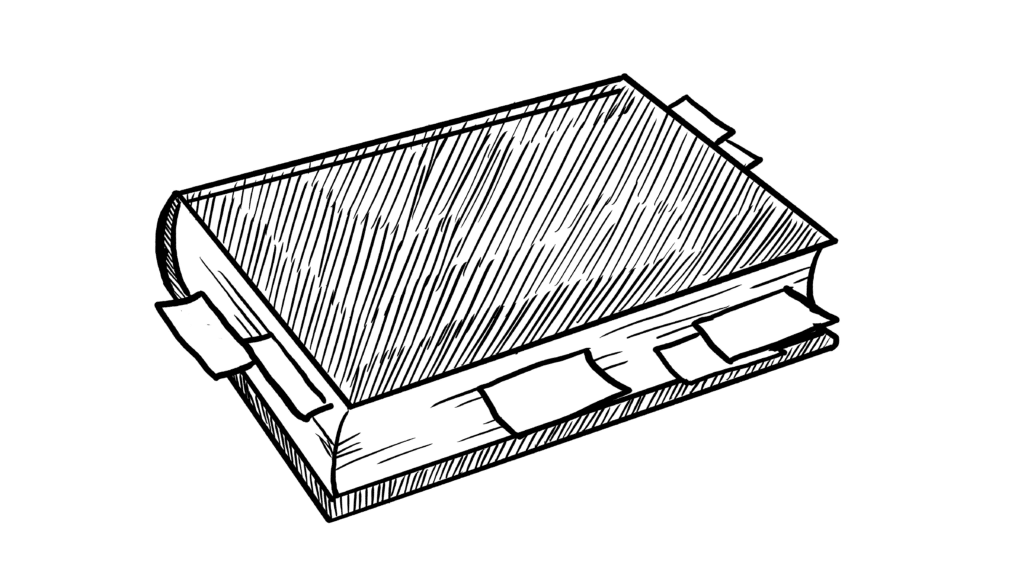
The DNA that children inherit from their biological parents provides the full story and instruction for their development like how tall they will be or the color of their hair. When experiences add and rearrange genetic markers, they change how the DNA is read and replicated – like adding book marks to make a section easier to find or making the font reeeeally tiny so it’s a lot harder to read.
This is a newer area of science and it’s really complex so we still have A LOT to learn. But we know that our DNA is super important and that how we treat our bodies definitely matters. We should do our best to eat foods that fuel our body, take care of our mental health, and surround ourselves with people who support and care for us.
More Ideas
Want to know more?
Check out Crash Course: DNA, Hot Pockets, & The Longest Word Ever!
DNA Extraction
Check out this at home experiment extracting DNA from strawberries!
Explore All!
Check out all of OMSI’s Science at Home videos and experiments.
